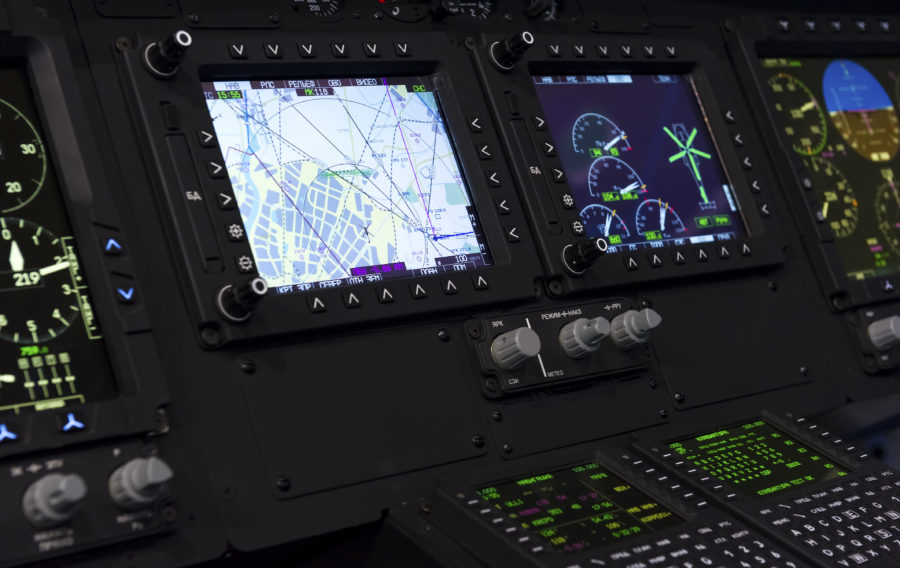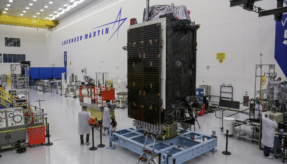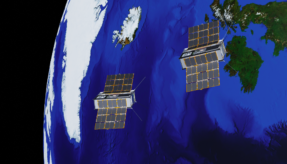
Honeywell has successfully demonstrated multiple alternate navigation technologies for military aircraft.
These new products from Honeywell are intended to help ensure seamless navigation, even when GPS signals are blocked, interrupted or unavailable.
Since GPS technology was developed decades ago, it has become commonplace in everything from cars to mobile phones to aircraft. Though GPS is widely used, access to GPS signals isn’t always guaranteed, even with the most modern systems. In the case of military operations, GPS-jamming, whether intentional or not, can block vital signals from conveying critical information regarding positioning, navigation and timing. In these instances, it’s important for military vehicles and aircraft to be equipped with alternative navigation technologies, like celestial or vision navigation, to maintain operational readiness.
Matt Picchetti, Vice President and General Manager, Navigation & Sensors, Honeywell Aerospace, said: “Most of us have experienced some level of GPS unavailability, perhaps on our mobile phones or car navigation systems. It’s a minor inconvenience for us, but for military operations, not having access to critical positioning and timing information can make or break a mission.
“We’re very excited to roll out this robust lineup of alternate navigation solutions, which are specifically designed to address the needs of our military customers and give them the added layers of redundancy needed to successfully carry out their operations, even if they lose access to GPS signals.”
Alternate navigation technologies provide a different means of measuring position, velocity and heading when GPS is disrupted. These technologies include the following:
- Vision-Aided Navigation: This technology uses a live optical or infra-red camera feed and compares it with maps to provide a passive, not jammable, highly accurate alternative position, navigation and timing solution that provides GPS-like accuracy in GPS-denied or jammed conditions.
- Celestial-Aided Navigation: Honeywell’s celestial-aided navigation technology observes stars and “reference objects” orbiting the earth such as satellites, which have known positions and velocities. This technology compares those reference objects to stars and can determine position and velocity, the same way a GPS could.
- Magnetic Anomaly-Aided Navigation: Navigation technology that measures magnetic strength using sensors and compares this data with known geographical magnetic maps to accurately identify the position of the aircraft relative to the Earth.
Alternate navigation prototype systems will be available in 2022 with initial deliveries expected to start in 2023.
image from Shutterstock
If you would like to join our community and read more articles like this then please click here







